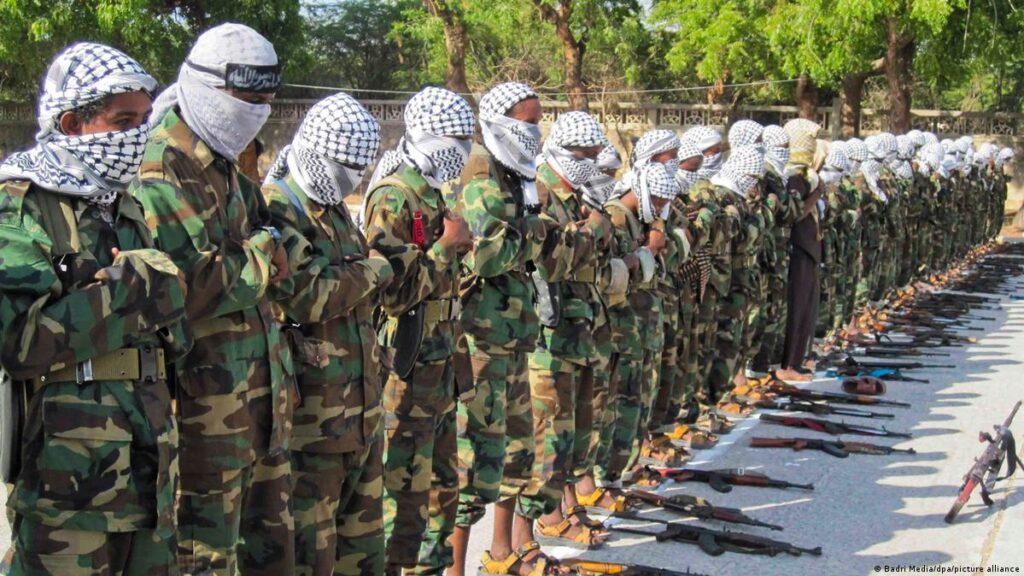In the past five months, Somalia has witnessed a profound transformation in its battle against Al Shabab, marked by a notable surge in defections from the militant group. This surge clearly indicates potential fractures within Al Shabab’s core, reflecting a diminishing influence that is increasingly evident through in-depth live interviews with defectors.
A key revelation emerging from these defections is the mounting difficulty faced by Al Shabab in recruiting youths from urban centers across Somalia. This challenge has precipitated the group’s abandonment of control over one-third of the territory it once ruled over just two years ago. Last year’s condemnation by Islamic scholars in Somalia, branding Al Shabab as Kharijites, further undermines the group’s credibility and challenges its narrative of omnipotence within Somalia.

Moreover, Al Shabab’s territorial conquest and dominance rhetoric faces growing skepticism. Recent history contradicts this narrative despite claims of inevitable victory upon the departure of foreign fighters from Somalia. Attempts to seize strategic regions like Gal-Gaduud have been thwarted by resilient local forces and clans, underscoring Somalia’s steadfastness against extremist ideologies. However, assertions by East African experts predicting Mogadishu’s transformation into a new Kabul in the event of African Union withdrawal lack empirical evidence.
Recent statements by Kenyan President William Ruto regarding the African Union’s potential departure from Somalia signal a regional dynamic worth noting. While this does not directly reflect the capacity of the Somali government, it serves as a signal to the region not to interfere in Somalia’s internal affairs.
Nevertheless, concerns arise from the Memorandum of Understanding (MoU) signed this year between Ethiopian Prime Minister Abiy Ahmed and separatist leader Muse Bihi Abdi, potentially bolstering Al Shabab’s ranks by attracting young people from the Northern states of Somalia.
Despite these external factors, the Somali government’s response to the threat posed by Al Shabab has been hindered by inefficiencies and politicization. While considerable resources have been allocated to train a formidable army, their deployment has predominantly been limited to urban centers, perpetuating reports of misconduct and criminality. Urgent action is needed to formulate an objective and proactive strategy with clear objectives and timelines.
However, Somalia’s financial warfare against Al Shabab appears to be gaining momentum, showcasing incremental victories on a crucial front. Recent events in Village Jicibow near Baladweyne in Hiran and Haradhere City highlight the evolving nature of the conflict. Al Shabab’s abhorrent tactic of deploying children in attacks against Somali and local forces has not only resulted in significant casualties within its ranks but has also incited outrage among disillusioned parents, triggering a wave of migration away from Al Shabab-controlled territories.
As defections continue to rise and public sentiment turns decisively against Al Shabab, Somalia stands at a pivotal juncture. The government’s decisive action, coupled with international support, could usher in a new era of security and stability for the nation. The momentum is shifting against Al Shabab, and seizing this opportunity is paramount to safeguarding Somalia’s future.

